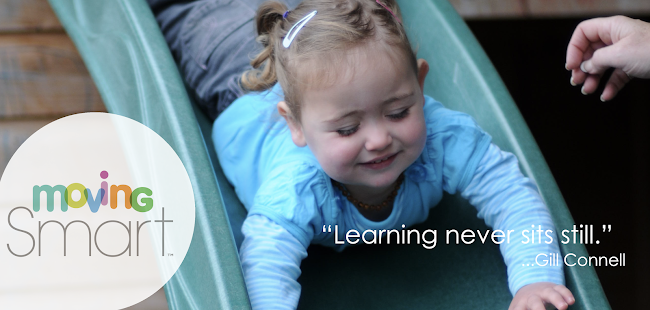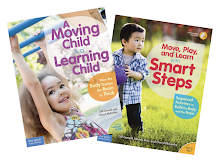Some time ago when my granddaughter was visiting, we took a walk in
the park as we always did. Caitlin loved the duck pond and we usually made a beeline straight to the ducks. But that day was different. The flowers
caught Caitlin’s eye, so we stopped to explore…
At
first I stepped back to watch as she crouched to meet the flowers up close. Her
fingers reached out instinctively to touch a daisy. I told her how much I liked
that she was gentle with the flowers because we want to keep them safe for
everyone to enjoy.
Like a
little bumblebee, she buzzed from flower to flower gathering new information,
insights, and ideas, while I did my best to keep up, adding the words she didn’t
have to describe her floral journey.
I
marveled at the different flowers in the bed, narrating as she touched each
one… yellow, pink, white, orange… lilies, daisies, poppies, roses, gladiolas.
I wondered
what the flowers smelled like. She leaned in and sniffed each flower, the
pollen sticking to her nose.
I
couldn’t decide which were my favorites, so Caitlin helped me choose.
It
turns out, I love roses and lilies the best!
I
pointed out a garden beetle strolling by, using the flowers to stay cool in the
shade the way we play under the maple tree to keep out of the sun.
I
wondered what the flowers look like to the beetle. We laid down and peeked up
at the flowers from our beetle’s eye view. Have you ever seen a bed of flowers
from the bottom up? The petals are perfectly gathered into the cap of the stem,
then splaying up and out towards the sun. The delicate petals let the sun shine
through, creating rich and vibrant patterns of color pitched against the bright
blue sky.
It turns out, beetles are very lucky to live in the colorful shade of the flower bed.
It turns out, beetles are very lucky to live in the colorful shade of the flower bed.
Just
then, a caterpillar started inching his way down the flower stem right towards
us. We laid very still, and as he drew closer, I reached up and put out my
finger to him. He graciously accepted my invitation.
Caitlin
petted the caterpillar, studying his boneless, little body. He was bright green
and furry all over. In time, he inched his way right into Caitlin’s hand and paid
a gentle visit.
It
turns out caterpillars tickle!
Then I
wondered what it would be like to move like a caterpillar. Caitlin wanted to
show me how, so we carefully returned our little green friend to his flower
bed, and made great grass stains playing Caterpillar Crawls on
the cool grass.
And like
an old friend, it turns out, nature never disappoints.
MAKING INTRODUCTIONS
Wherever
they go, young children encounter things they’ve never seen before, and as we
know, first impressions are lasting impressions. So, here are a few concepts I
use when introducing children to new things…
Follow, don’t lead. Whatever interests them is what you should spend time exploring. (Caitlin chose the flowers to explore, not me.)
Follow, don’t lead. Whatever interests them is what you should spend time exploring. (Caitlin chose the flowers to explore, not me.)
Wonder aloud… When you wonder aloud, kids take up the idea and run with it. This is a great way to draw them in AND draw their own conclusions about things. (I wanted Caitlin to explore all the flowers so I said, “I wonder what colors they are?” “I wonder what they smell like?”)
Recognize the positive behavior you want, not the negative you don’t want. With new things, children won’t necessarily know how to behave. Focusing on positive behavior is a great way to give them the guidance they need. (I didn’t want Caitlin to pick the flowers so I told her how much I liked how gentle she was being with them.)
Use YOUR Imagination. Try to imagine what it’s like to have never seen this before, and try to find new ways to explore it so that you’re seeing things for the first time too! (I had never seen flowers from the bottom up before.)
Physicalize New Ideas. If you have the opportunity, help children grasp new ideas by getting them to put their whole body into it. (I asked Caitlin, “I wonder what it feels like to move like a caterpillar?”)
CATERPILLAR CRAWLING
To
start, have her lie on her tummy and raise her seat up and down. Once
she’s got the hang of it, show her how to raise her seat up, then inch forward
as she brings it back down to the ground to create an “inchworm” forward crawl.
CATERPILLAR WALKING
For an
older child, have her stand and reach down, walking her hands out in front of
her. Then walk her feet up to meet her hands.
Enjoy!















No comments:
Post a Comment